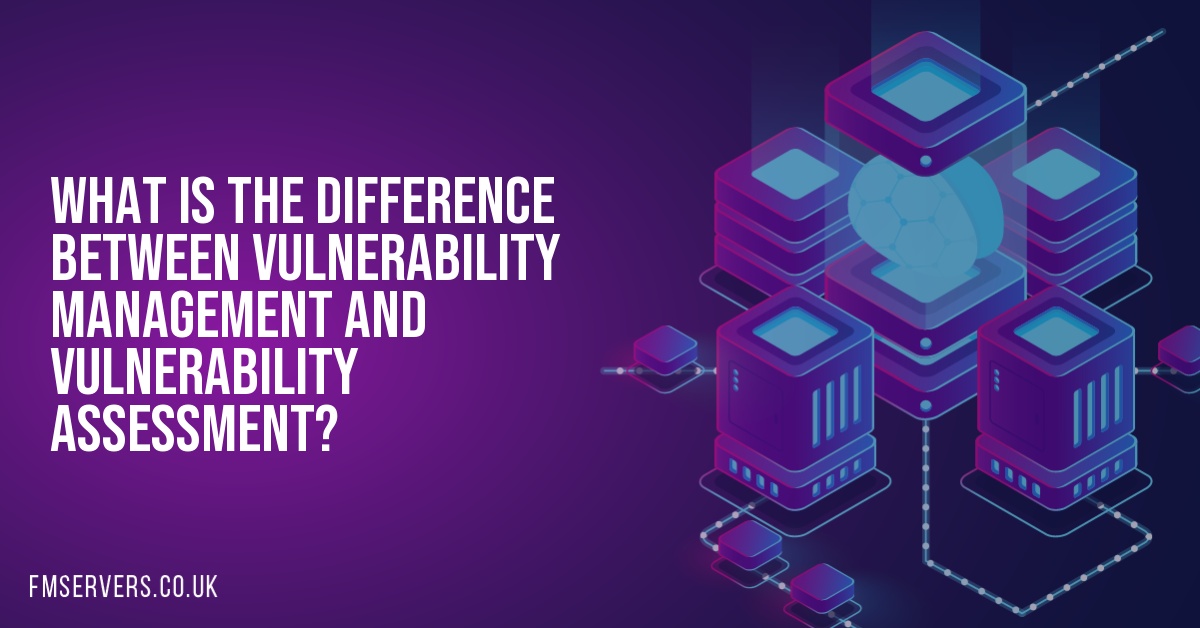Vulnerability management and vulnerability assessment are two crucial cyber security practices that are often confused. In reality, the two are very different. Vulnerability management is a proactive security practice that aims to reduce the likelihood of a cyberattack by identifying potential threats and implementing safeguards to minimize risks.
Companies such as Rootshell vulnerability assessment offer a security test that checks if a system is vulnerable to attacks by determining its risk exposure. Here are the differences between vulnerability management and vulnerability assessment and why we need either practice.
Effectiveness of Vulnerability Management
Vulnerability management is the most effective practice of cyber security. Vulnerability management aims to identify and understand weaknesses in your system that may cause a cyber attack. To do this, you should look into your systems first and then review the vulnerabilities and the risks associated with those vulnerabilities.
You can implement security safeguards by upgrading hardware and software and making them more secure to protect your business against potential threats. This also helps prevent data breaches and other security incidents that can cost your business a lot of money.
Vulnerability Assessments Add Insights into Systems’ Security Measures
Vulnerability assessments are less effective than vulnerability management because they are only concerned with identifying vulnerabilities in a system or network without offering ways to fix them or check if it has indeed been fixed or not. Vulnerability assessment gives insights into the exposed state of a system by scanning for exposed ports. It does not have any solutions for exposing vulnerabilities, making this process less effective than vulnerability management.
However, adding vulnerability assessment to regular systems audits can help uncover potential weaknesses before an attack occurs. Conducting regular penetration tests is also beneficial as it can provide critical information about the security of your systems, data, and assets and provide insights on how to improve security measures.
Vulnerability Management Keeps Networks Safe from Malware and Implements a Strong System Security Policy
Identifying vulnerabilities in your network is important, but the ability to fix these vulnerabilities is just as important. Regular vulnerability management helps ensure that your network is safe from malware and can help implement a strong system security policy that should be followed by everyone who uses or accesses your network.
If you choose to use an automated IT asset management solution, you get all of these advantages plus the benefits of an ITAM solution. These benefits include managing software licenses, warranty registration and other related tasks. Lack of this could lead to breaches in your security systems and massive losses.
3 Quick Tips for Choosing the Best Vulnerability Tools for Your Business
- Check Customer Service and Support Policy
Before signing up for a service, make sure that your company can confirm that there is a customer support team available and that they are willing to take your call. You also want to make sure that the vendor has set policies regarding support and service availability so that you can be confident in their ability to respond to customer needs effectively.
- Check the Features
You need to know if the tool supports the features you need. Though every tool provides all of these features, some tools provide better support to these features than others. So you must have software that can meet your specific needs. Before you decide, it is good to ask around and get feedback from other users.
- Check the Cost
The cost of vulnerability management and assessment tools is normally dependent on the functionality provided by the tool and its level of use. You will want to find out how much it will cost for a year or more compared with other options available in this space and its capabilities.
Some vendors even offer discounts for extended term contracts, so make sure that you take advantage of this opportunity when purchasing this type of software product. You also want to ensure that the vendor has financial resources available for future maintenance costs before committing anything long-term.
So, what is the difference between vulnerability management and vulnerability assessment?
Vulnerability management is vital for protecting your business from cyberattacks and data theft. You can use vulnerability management on the network or in your ITAM solution to track down vulnerabilities, find out how to fix them, and manage them regularly. On the other hand, vulnerability assessments usually reveal information about a company’s security policies and systems. IT asset management can help you manage software licenses and other related tasks. With both of these ITAM solutions, you can gain insight into the potential vulnerabilities in your networks and systems. You can then modify or implement changes that will help reduce those security risks.

